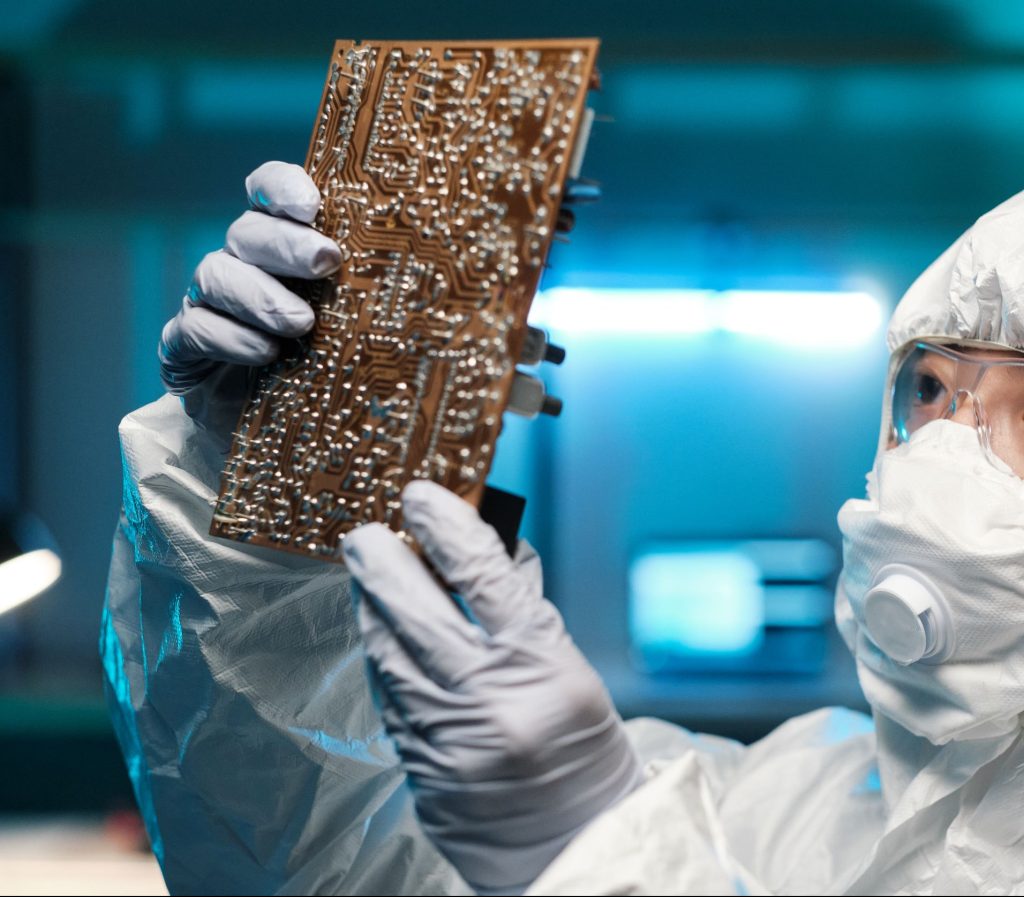Transition Agenda for Consumer Goods
The circular economy means that we move away from the idea that the life cycle of products is a linear process from production to waste. Instead, we should view it as a continuous, cyclical (closed) process, which minimizes the loss of products, materials and people, while simultaneously growing employment and the economy.
The Consumer Goods Transition Agenda has been drawn up to realize the above new standard. The agenda is based on seven guiding principles. The principles have been translated into 38 concrete actions that together can realize the transition to a circular economy. Individually, the measures sometimes have a modest impact, but as a complete package they make a circular future possible.
These 38 actions ultimately focus on three core objectives. Firstly, achieving an affordable product price that takes into account external costs, such as social and environmental costs. Second, reducing short cycle products on the market. And finally, the joint development of new business and revenue models.
Andere relevante publicaties
Re-use of soundbars
How feasible is it to give soundbars a second life? Commissioned by Stichting OPEN, Second Use investigated the re-use potential of four soundbar models, revealing insights into repairability, consumer interest, and key barriers.
Re-use van soundbars
Hoe haalbaar is het om soundbars een tweede leven te geven? In opdracht van Stichting OPEN onderzocht Second Use de potentie van re-use bij vier modellen soundbars – met inzichten over reparatiemogelijkheden, consumentengedrag en belemmeringen.
Re-use of cordless vacuum cleaners
The re-use of cordless vacuum cleaners presents interesting opportunities, but battery replacement costs pose a significant challenge. This study, conducted by Second Use on behalf of Stichting OPEN, examines the feasibility of refurbishment and identifies key improvements to extend the lifespan of these appliances.


